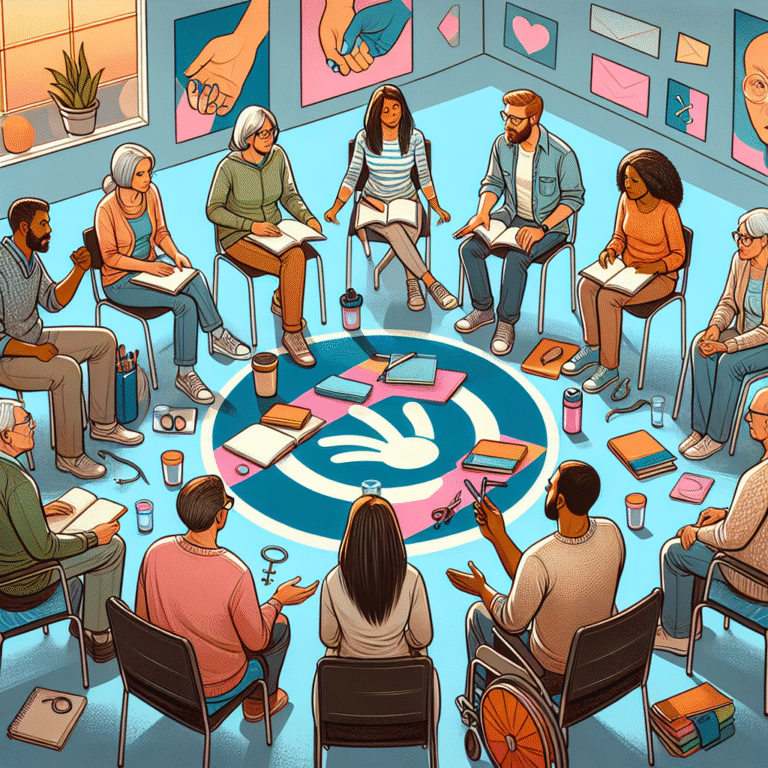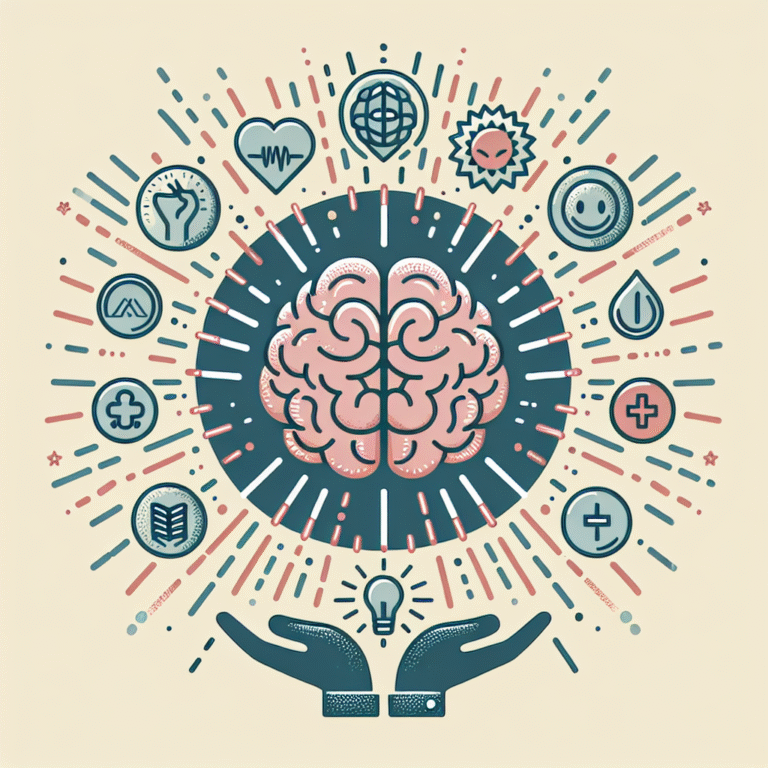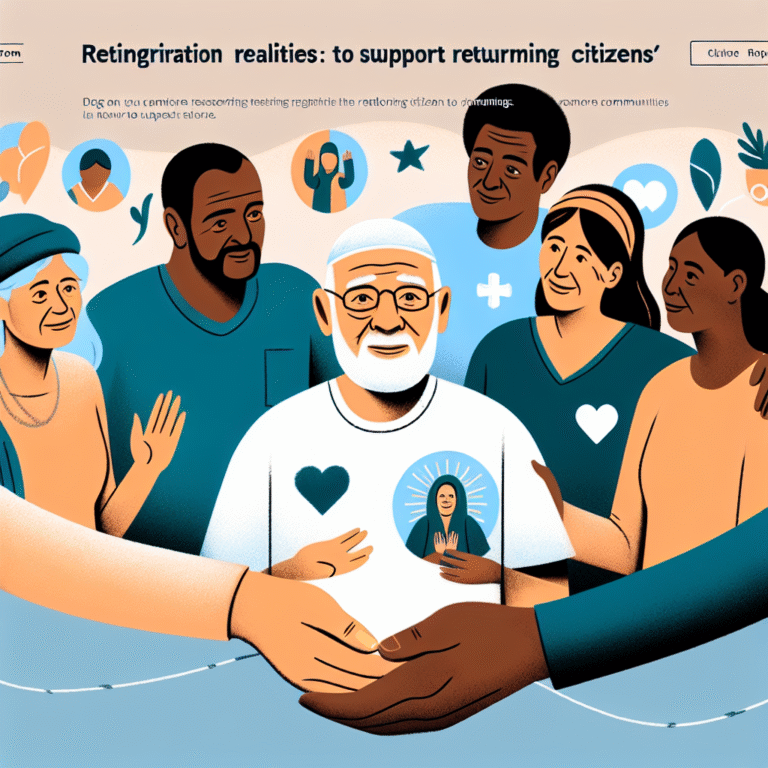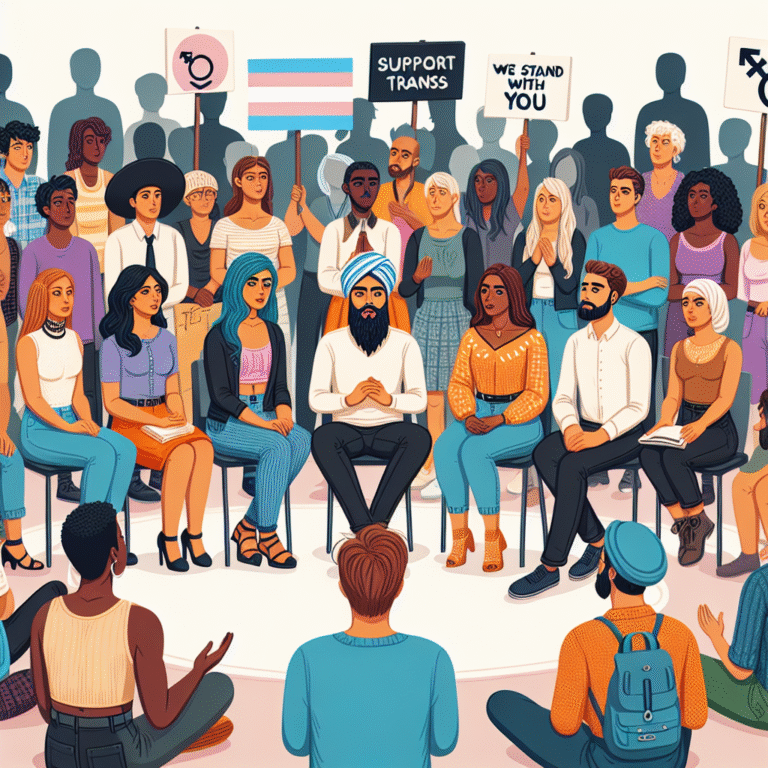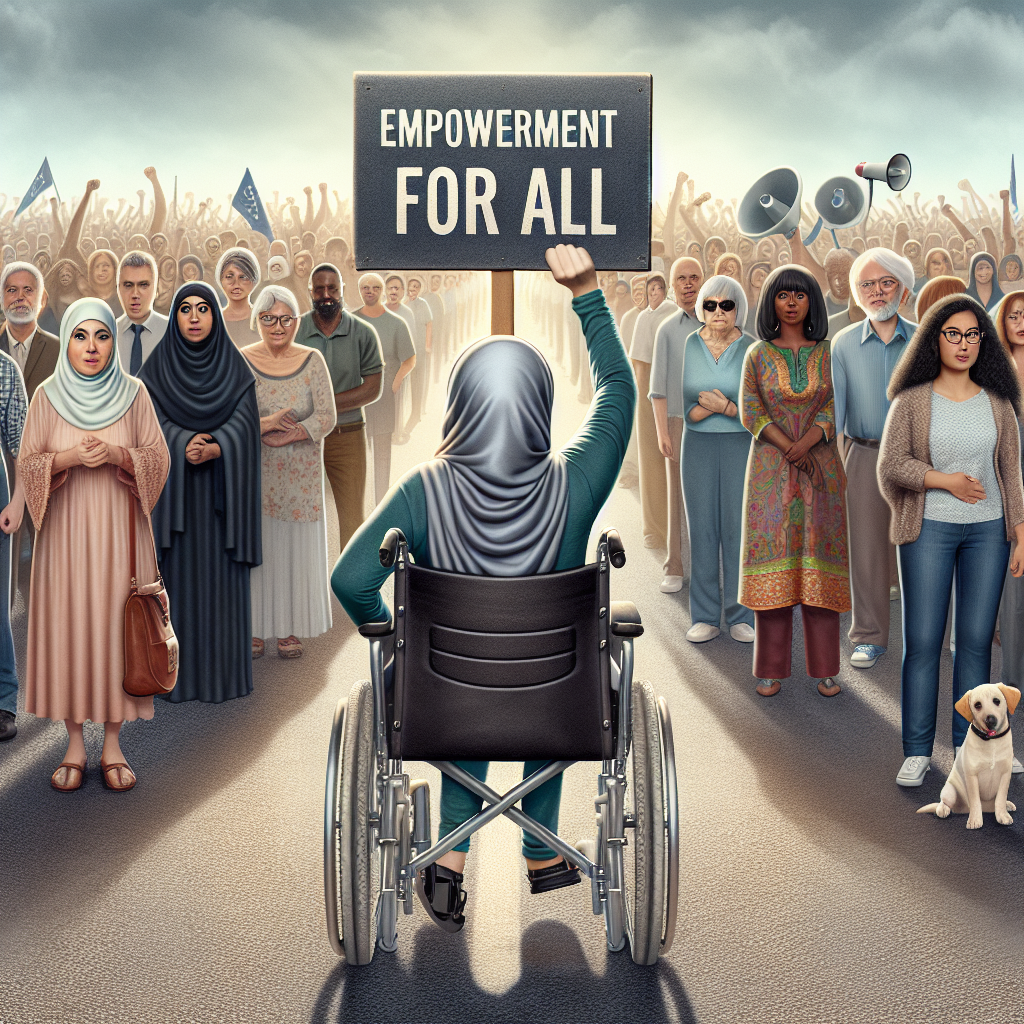
Introduction
In a world where inclusivity and diversity are increasingly celebrated, the fight for disability rights remains an ongoing struggle fraught with challenges. "Empowering Voices: The Fight for Disability Rights in the 21st Century" represents not just a rallying cry for those with disabilities but a blueprint for a more equitable future. This article explores the multifaceted narrative of disability rights, understanding its historical evolution, current challenges, and the voices that are leading the way to a more inclusive society.
The relevance of this topic cannot be overstated. Approximately 1 in 4 adults in the United States has a disability, according to the Centers for Disease Control and Prevention (CDC), and the need for empowerment through advocacy, inclusion, and proactive change has never been more critical. Join us as we delve deep into the fabric of this vital movement, highlighting its heroes, triumphs, challenges, and above all, the empowering voices that continue to shape it.
The Historical Context of Disability Rights
To fully appreciate the current landscape of disability rights in the 21st century, one must understand its roots. The disability rights movement gained momentum in the late 20th century, particularly with the passing of the Americans with Disabilities Act (ADA) in 1990. This landmark legislation prohibited discrimination against individuals with disabilities across various sectors, including employment, public accommodations, transportation, and telecommunications.
Case Study: The ADA and Its Impact
The ADA is often regarded as a shining example of advocacy success. Initially driven by activists who fought against institutionalization and for equal rights, this movement demonstrated the power of collective action. Organizations like the National Council on Independent Living (NCIL) and the American Association of People with Disabilities (AAPD) played crucial roles in organizing marches, lobbying Congress, and raising public awareness.
Analysis: The passage of the ADA not only transformed policy but also shifted societal perceptions about what it means to live with a disability. It laid the groundwork for continued advocacy and has acted as a springboard for subsequent legislation aimed at further empowering people with disabilities.
Current Landscape: Challenges and Triumphs
Despite significant progress, individuals with disabilities still face numerous barriers, from physical accessibility to social acceptance. The fight for inclusion continues against a backdrop of systemic shortcomings, misinformation, and cultural biases.
Employment: The Ongoing Battle
Many people with disabilities still encounter obstacles in finding and maintaining employment. The unemployment rate for people with disabilities is markedly higher than that of their non-disabled peers. This disparity not only affects individuals financially but also perpetuates isolation and dependence.
Table: Employment Statistics for Individuals with Disabilities
| Employment Status | Percentage (%) |
|---|---|
| Employed | 19.1 |
| Unemployed | 10.5 |
| Not in Labor Force | 70.5 |
Case Study: Companies Leading the Charge
A powerful example of corporate responsibility can be seen in companies like Microsoft and Ernst & Young. Both organizations have established initiatives aimed at hiring and retaining employees with disabilities. Microsoft’s "Disability Inclusion Program" focuses on recruiting, retaining, and developing talent, proving that disability inclusion not only enriches workplace culture but also drives innovation.
Analysis: These corporations showcase how the fight for disability rights extends beyond legislation into corporate policy and culture. Their efforts are critical in normalizing disability inclusion within the workforce, challenging preconceived notions about capability and productivity.
Technology and Accessibility: Paving New Paths
In the 21st century, technology has played a pivotal role in empowering individuals with disabilities. From assistive technologies that improve communication to platforms that enhance mobility, advancements have made it possible for many to lead fulfilling lives.
Case Study: Innovations in Assistive Technology
One noteworthy innovation is the development of voice-activated devices like Amazon’s Alexa and Google Home. These technologies have not only made daily tasks easier but also fostered independence for those with mobility challenges.
Analysis: As emerging technologies continue to develop, they hold the potential to dismantle barriers in engaging with society. The exponential growth of accessible tech products signifies a paradigm shift towards a future where people with disabilities are not marginalized but celebrated for their contributions.
The Role of Activism in the 21st Century
Activism remains the lifeblood of the disability rights movement. Today’s advocates leverage social media platforms, utilizing the reach of the internet to galvanize support and raise awareness. These digital spaces not only give voice to individuals with disabilities but also create communities of solidarity and empowerment.
Case Study: #DisabilityTwitter
Analysis: The mobilization of voices online democratizes the fight for disability rights, allowing more individuals to participate in advocacy than ever before. The success of such movements demonstrates the power of digital platforms in shaping public discourse.
The Intersectionality of Disability Rights
Disability rights are deeply interconnected with other social justice movements. Understanding this intersectionality is essential for a holistic approach to advocacy. Individuals with disabilities often face compounding issues related to race, gender, and socioeconomic status.
Case Study: The Importance of Inclusive Advocacy
Organizations like the Disability Justice Collective prioritize a comprehensive approach to advocacy, ensuring that the voices of the most marginalized within the disability community are heard. Their activism addresses not only disability rights but also the intersections of race, gender, and economic status, emphasizing a multifaceted approach to justice.
Analysis: These movements underscore that true empowerment comes from embracing diversity within the disability community. Acknowledging the varied experiences of individuals encourages a more inclusive society and enriches the fight for equality.
The Future of Disability Rights
Looking ahead, the fight for disability rights in the 21st century is contingent upon continuous advocacy, innovation, and awareness. The voices of individuals with disabilities must remain at the forefront, shaping policies, programs, and societal norms.
Key Areas for Progress
- Legislative Advocacy: Support for stronger policies that protect the rights of individuals with disabilities.
- Educational Inclusion: Advocating for inclusive education practices that provide equal opportunities.
- Public Awareness Campaigns: Promoting positive narratives around disability to combat stigma and misinformation.
- Community Support Services: Enhancing local resources for individuals with disabilities.
Conclusion
"Empowering Voices: The Fight for Disability Rights in the 21st Century" encapsulates a movement that is vibrant, dynamic, and ever-evolving. As we continue to confront barriers and champion equality, it is essential to remember that every empowered voice contributes to the collective cause. The stories of resilience, innovation, and advocacy shape the future, reminding us that true societal progress demands commitment, courage, and the tenacity to uplift one another.
We must all join hands in this endeavor, recognizing that the fight for disability rights is not solely for those with disabilities but for the enrichment of society as a whole. Together, we can build a world that celebrates diversity and inclusivity—a world where every voice is empowered, respected, and heard.
FAQs
1. What are some common challenges faced by individuals with disabilities today?
Individuals face barriers related to accessibility, employment discrimination, social stigma, and insufficient healthcare resources.
2. How can I contribute to the fight for disability rights?
You can support disability rights by advocating for inclusive policies, educating others about disability issues, and supporting organizations that work towards equality.
3. Why is intersectionality important in disability rights?
Intersectionality recognizes that individuals may face multiple forms of discrimination, amplifying the need for inclusive advocacy that addresses the varied experiences within the disability community.
4. What role does technology play in empowering individuals with disabilities?
Technology improves accessibility, enhances communication, and facilitates independence, providing tools that enable individuals to participate more fully in society.
5. How has social media changed advocacy for disability rights?
Social media has created platforms for marginalized voices, fostering community support, and raising awareness about disability rights at a broader scale.
By understanding and supporting the journey ahead, we can ensure that the revolutionary spirit of the disability rights movement continues to thrive, fostering a more inclusive future for everyone.




